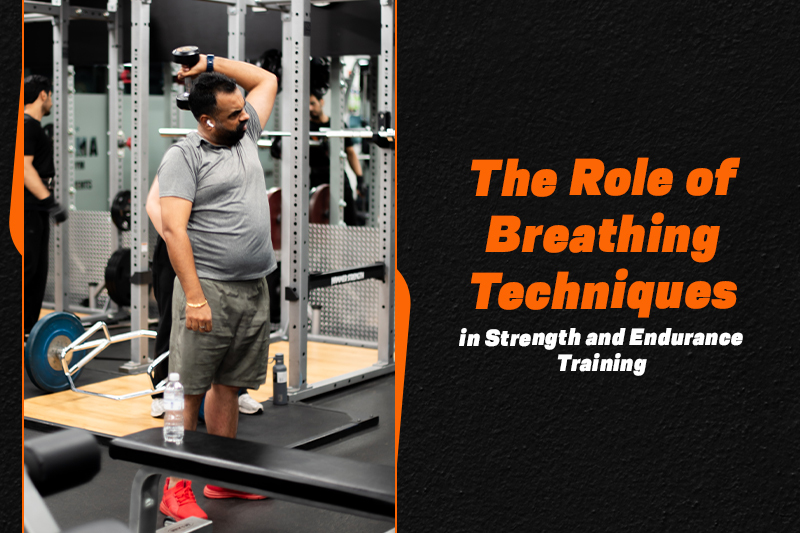ALWAYS OPEN 24/7

When we consider building strength or endurance, breathing rarely enters into our mind. We think about training programs, recovery, and diet. But what you breathe can directly affect stability, power output, and fatigue. Whether you train independently or go for group fitness in Shepparton, learning proper breathing can greatly enhance your performance.
Breathing provides oxygen to contracting muscles. The better this is done, the greater the duration for which you can maintain intensity. Breathing also influences heart rate, posture and concentration. The shallower and more forced your breathing, the faster your body will tire, and the performance will deteriorate.
This is usually one of the aspects that coaches tend to focus on first in personal training Shepparton, since it has such a direct impact on the quality of training.
Strength training demands core stability and regulated movement. One of the strongest strategies for this is diaphragmatic breathing, in which you exhale and inhale deep into the belly rather than the chest. This builds tension around the spine and stabilizes the body during lifts.
On heavier lifts, most athletes employ the Valsalva, breathing deeply and holding during the peak difficulty of the lift. This raises abdominal pressure, providing additional support. Coaches tend to teach this technique after a lifter has established good form and self-assurance. On moderate movements, an easy drill—inhalation when decreasing, exhalation when pushing—ensures control while minimizing unnecessary tension.
Endurance activities like running, cycling, or interval training require consistent oxygenation. Shallow breathing forces the body to rely on anaerobic processes, which results in more fatigue. A method called rhythmic breathing allows for synchronization of breathing with motion, which increases tempo and helps avoid side stitches.
Group fitness class Shepparton athletes also observe that by merely refining breath rhythm, they can last longer in hard work without becoming exhausted.
Breathing also influences mood and mental acuity. Slow, deliberate breathing engages the parasympathetic nervous system to quiet you between sets and focus through tough passages. It is the difference between cutting a workout short and finishing with strength.
Your breathing muscles are included in your core. When properly activated, they stabilize the spine and minimize injury risk. Compromised breathing tends to produce collapsed posture, particularly in squatting or deadlifting. Most coaches at the best gym in Shepparton value breathing mechanics since they facilitate safer movement patterns.
Breathing isn't just important during training—it's important after. Regulated breathing removes carbon dioxide, decreases heart rate, and calms the muscles. Poorly conditioned athletes recover slower between sets, constraining training volume. After intervals or heavy loading, nasal breathing deep with slow exhalation through the mouth can set the heart rate faster.
Newbies typically:
These tiny habits accumulate, affecting strength and stamina.
1. Diaphragmatic Breathing
Put a hand on your stomach and breathe so that it rises. This trains depth and control.
2. Box Breathing
Inhale, hold, exhale, hold—all equal counts. It enhances focus under pressure.
3. Long Exhale Method
Breathe in for two seconds, exhale for four. This reduces tension.
These drills are under five minutes and easily incorporated into warm-ups or cooldowns.
If you desire to lift more weight, run longer, or feel more controlled, begin by enhancing your breathing. Improved breathing translates to:
Whether you’re training solo, joining group fitness classes Shepparton, or working with a coach during personal training Shepparton, proper breathing is a foundational skill that supports long-term progress.